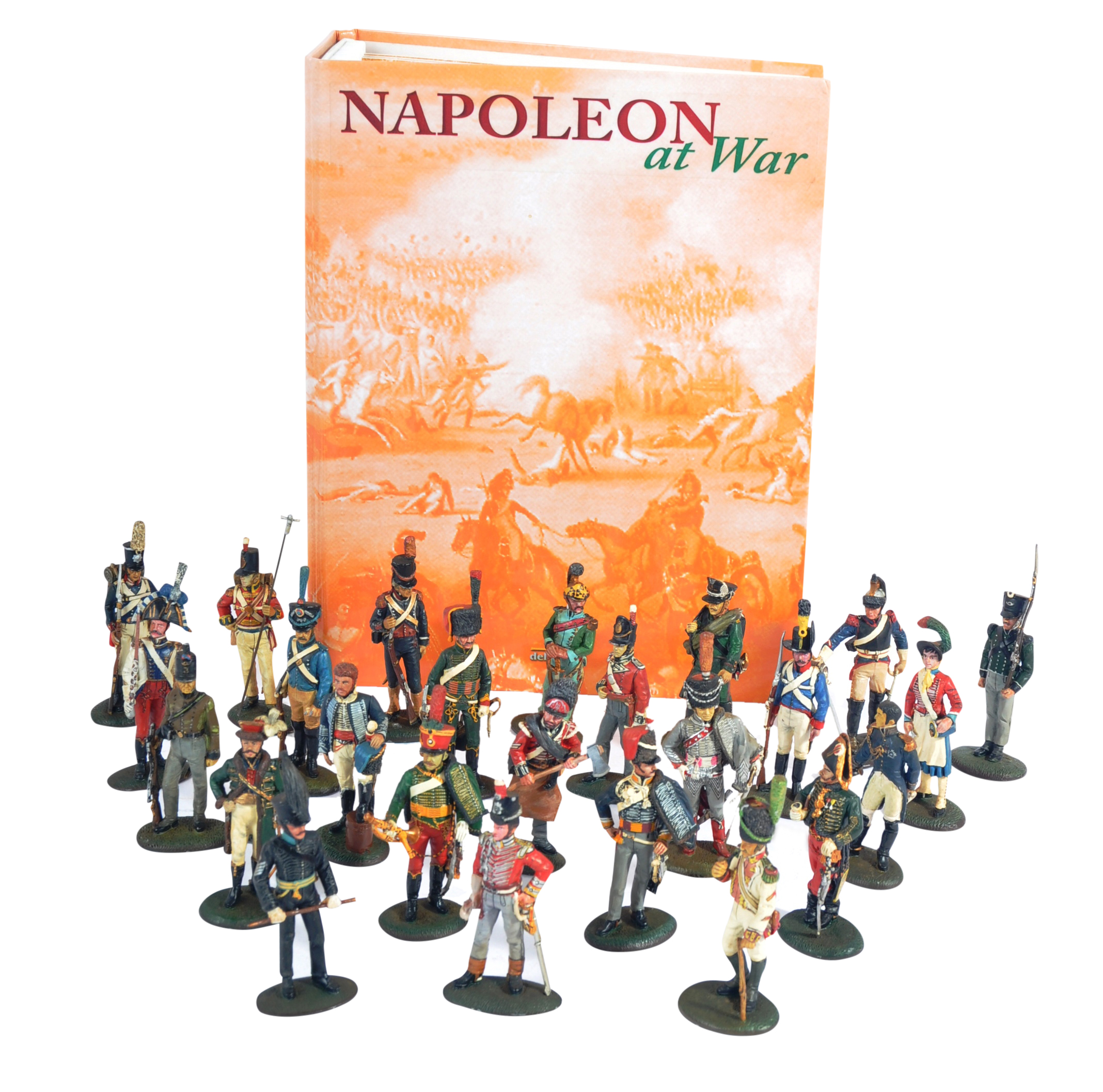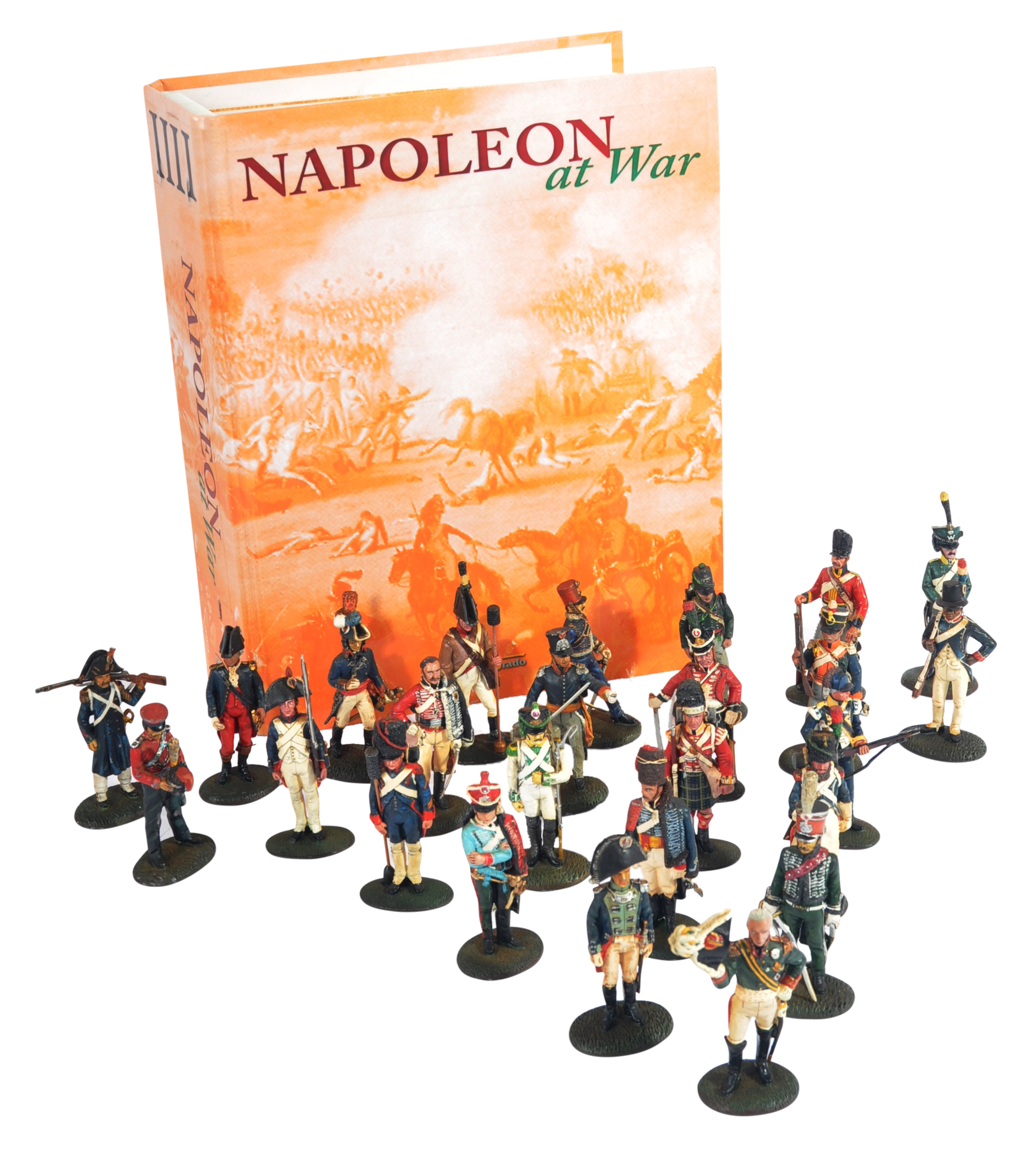The Napoleonic War Army Gold Cross group awarded to Lieutenant-General Sir John Maclean K.C.B., The Gordon Highlanders and 27th Inniskilling Regiment of Foot, who received no less than five wounds during his distinguished fighting career (a) The Most Honourable Order of The Bath, K.C.B. (Military) Knight Commander’s breast star by Hamlet, in silver, with gold and enamel appliqué centre, the reverse plate inscribed ‘HAMLET, Goldsmith & Jeweller TO HIS MAJESTY, His Royal Highnefs the DUKE of YORK & ROYAL FAMILY. Princes St. Leicester Sq. London’, fitted with gold pin for wearing (b) Army Gold Cross 1806-14, for Salamanca, Vittoria, Pyrenees and Nivelle, with 2 clasps, Orthes, Toulouse (Lt. Colonel / Iohn McLean / 3rd. Bn. 27th. Foot) (c) Field Officer’s Gold Medal, for Salamanca, 1 clasp, Vittoria (Lieut. Coll. Iohn M’Lean) lacking ribbon buckle (d) Sultan’s Gold Medal for Egypt 1801, 3rd Class, with original hook and chain suspension, an unusually fine and well struck example; together with a French Legion d’Honneur, Chevalier’s breast badge (1st Empire, type 3) supposedly picked up on the field of battle, this last with cracks and chips to the enamel, the first with some very minor chips to enamels, otherwise generally extremely fine (5) £35000-40000 Footnote These medals were first sold at Sotheby in July 1986, the property of his direct descendant, J. R. Maclean, Esq. John Maclean commenced his military career in April 1794 when he joined the Ist Foot, or Royal Scots, as an Ensign. However, he transferred into the 100th (later 92nd) Foot, or Gordon Highlanders, on promotion to Lieutenant and travelled with his new regiment to Gibraltar, serving there until June 1795. The regiment was next posted to the Island of Corsica but returned to Gibraltar after 14 months, and thence to Ireland in June 1798, where the rebellion was in progress. In 1799 he accompanied his regiment to Holland and was present at the battle on 27 August and at the taking of the Helder, and the actions on 10 and 19 September, and 2 October, near Alkmaar, where he was severely wounded in two places. From May 1800 until February 1801, he was with his regiment in the expedition to the Mediterranean under Sir Ralph Abercromby, and in March 1801 he was appointed to the Quarter-Master-General's Staff on the expedition to Egypt. He subsequently participated in the landing at Aboukir Bay on 8th March, the battle of Alexandria on the 21st March, and everv action that took place in Egypt during the campaign of 1801. In 1802 he continued on the Quarter-Master-General's Staff in Malta and, on 2 August 1804 he was promoted to a Majority in the 27th Regiment. From June 1803 until August 1805, he was on the Adjutant-General’s Staff in Dublin and from October 1805 to February 1806, he served on the Quarter- Master-General's Staff in the expedition to Hanover. He was next on the Quarter-Master-General's Staff at the Horse Guards until April 1808. On 9 June 1808, he was gazetted Lieutenant-Colonel in the 27th Regiment of Foot, whilst serving on the Quarter-Master-General's Staff, on the expedition to Sweden under Sir John Moore April to July 1808. In August 1808 he took command of the 3rd Battalion of the 27th Regiment in Ireland, and embarked with it to the Peninsular. Although a young Battalion, being chiefly composed of recruits, his unremitting attention to discipline soon made his corps equal to any other in the army. He was duly present at many of the famous Peninsular engagements, including the battle of Busaco in September 1810; the action near Redinha on 12 March 1811; the siege of Olivença in April 1811; at the siege of Badajoz in May 1811, where he was severely wounded; in the action near Canizal on 18 July 1812, when his Battalion, with the 40th Foot, attacked a column of the enemv double their number and put them to flight ; at the battles of Salamanca, Vittoria, Pyrenees, and near Pampeluna on 26 July 1813, where he was wounded, when covering the retreat of t
The Napoleonic War Army Gold Cross group awarded to Lieutenant-General Sir John Maclean K.C.B., The Gordon Highlanders and 27th Inniskilling Regiment of Foot, who received no less than five wounds during his distinguished fighting career (a) The Most Honourable Order of The Bath, K.C.B. (Military) Knight Commander’s breast star by Hamlet, in silver, with gold and enamel appliqué centre, the reverse plate inscribed ‘HAMLET, Goldsmith & Jeweller TO HIS MAJESTY, His Royal Highnefs the DUKE of YORK & ROYAL FAMILY. Princes St. Leicester Sq. London’, fitted with gold pin for wearing (b) Army Gold Cross 1806-14, for Salamanca, Vittoria, Pyrenees and Nivelle, with 2 clasps, Orthes, Toulouse (Lt. Colonel / Iohn McLean / 3rd. Bn. 27th. Foot) (c) Field Officer’s Gold Medal, for Salamanca, 1 clasp, Vittoria (Lieut. Coll. Iohn M’Lean) lacking ribbon buckle (d) Sultan’s Gold Medal for Egypt 1801, 3rd Class, with original hook and chain suspension, an unusually fine and well struck example; together with a French Legion d’Honneur, Chevalier’s breast badge (1st Empire, type 3) supposedly picked up on the field of battle, this last with cracks and chips to the enamel, the first with some very minor chips to enamels, otherwise generally extremely fine (5) £35000-40000 Footnote These medals were first sold at Sotheby in July 1986, the property of his direct descendant, J. R. Maclean, Esq. John Maclean commenced his military career in April 1794 when he joined the Ist Foot, or Royal Scots, as an Ensign. However, he transferred into the 100th (later 92nd) Foot, or Gordon Highlanders, on promotion to Lieutenant and travelled with his new regiment to Gibraltar, serving there until June 1795. The regiment was next posted to the Island of Corsica but returned to Gibraltar after 14 months, and thence to Ireland in June 1798, where the rebellion was in progress. In 1799 he accompanied his regiment to Holland and was present at the battle on 27 August and at the taking of the Helder, and the actions on 10 and 19 September, and 2 October, near Alkmaar, where he was severely wounded in two places. From May 1800 until February 1801, he was with his regiment in the expedition to the Mediterranean under Sir Ralph Abercromby, and in March 1801 he was appointed to the Quarter-Master-General's Staff on the expedition to Egypt. He subsequently participated in the landing at Aboukir Bay on 8th March, the battle of Alexandria on the 21st March, and everv action that took place in Egypt during the campaign of 1801. In 1802 he continued on the Quarter-Master-General's Staff in Malta and, on 2 August 1804 he was promoted to a Majority in the 27th Regiment. From June 1803 until August 1805, he was on the Adjutant-General’s Staff in Dublin and from October 1805 to February 1806, he served on the Quarter- Master-General's Staff in the expedition to Hanover. He was next on the Quarter-Master-General's Staff at the Horse Guards until April 1808. On 9 June 1808, he was gazetted Lieutenant-Colonel in the 27th Regiment of Foot, whilst serving on the Quarter-Master-General's Staff, on the expedition to Sweden under Sir John Moore April to July 1808. In August 1808 he took command of the 3rd Battalion of the 27th Regiment in Ireland, and embarked with it to the Peninsular. Although a young Battalion, being chiefly composed of recruits, his unremitting attention to discipline soon made his corps equal to any other in the army. He was duly present at many of the famous Peninsular engagements, including the battle of Busaco in September 1810; the action near Redinha on 12 March 1811; the siege of Olivença in April 1811; at the siege of Badajoz in May 1811, where he was severely wounded; in the action near Canizal on 18 July 1812, when his Battalion, with the 40th Foot, attacked a column of the enemv double their number and put them to flight ; at the battles of Salamanca, Vittoria, Pyrenees, and near Pampeluna on 26 July 1813, where he was wounded, when covering the retreat of t















Testen Sie LotSearch und seine Premium-Features 7 Tage - ohne Kosten!
Lassen Sie sich automatisch über neue Objekte in kommenden Auktionen benachrichtigen.
Suchauftrag anlegen